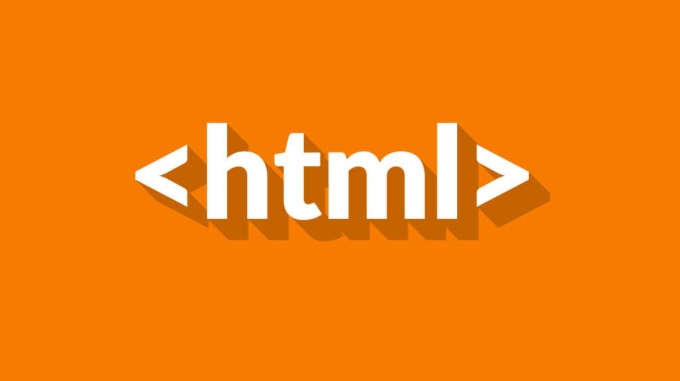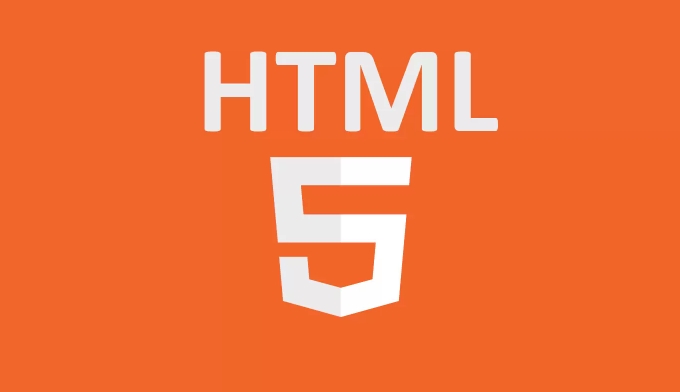How to use HTML for basic text formatting
 <p>HTML provides several simple ways to format text on a webpage. While modern web development often relies on CSS for styling, HTML still includes basic text formatting elements that are easy to use and widely supported. Here’s how to apply common text formatting using HTML.
<p>HTML provides several simple ways to format text on a webpage. While modern web development often relies on CSS for styling, HTML still includes basic text formatting elements that are easy to use and widely supported. Here’s how to apply common text formatting using HTML.

1. <strong>Make Text Bold and Italic
<p>To emphasize text, you can make it bold or italic using specific HTML tags.-
<p>Use the
<strong></strong>tag to make text bold and indicate strong importance:
<p>This is <strong>important</strong> text.</p>
- <p>Use the
<em>tag to add emphasis, which typically renders as italic:<p>This is <em>emphasized</em> text.</p>
<p>Note: While<b>and<i>tags also work (for bold and italic),<strong>and<em>are preferred because they carry semantic meaning, which helps with accessibility and SEO.
2. <strong>Change Text Size and Headings
<p>HTML includes heading tags from<h1> to <h6> for structuring content. These not only change size but also define document hierarchy.<h1>Main Heading (largest)</h1> <h2>Subheading</h2> <h3>Sub-subheading</h3><p>For smaller text, like captions or disclaimers, use the
<small> tag:<p>Published in 2024 <small>(last updated: May 2024)</small></p>
3. <strong>Line Breaks and Paragraphs
<p>Organizing text into readable blocks is essential.- <p>Use the
<p>tag to define paragraphs:<p>This is a paragraph.</p> <p>This is another paragraph.</p>
- <p>Use
<br>to insert a line break without starting a new paragraph:<p>First line<br>Second line</p>
<br> is self-closing and doesn’t need a closing tag.4. <strong>Other Common Formatting Options
- <p><strong>Underline text (use sparingly, as underlined text is often associated with links):
<p><u>This text is underlined</u></p>
- <p><strong>Strikethrough for deleted or outdated content:
<p><del>This text is no longer relevant</del></p>
- <p><strong>Insert text to show added content (often displayed as underlined):
<p><ins>This text was added</ins></p>
- <p><strong>Superscript and subscript for formulas or footnotes:
<p>H<sub>2</sub>O is water.</p> <p>The cost is $10<sup>th</sup> of the total.</p>
Final Tips
- Always aim for semantic HTML—choose tags based on meaning, not just appearance.
- Avoid outdated formatting tags like
<font></font>,<center></center>, or using<b>/<i>without reason. - For advanced styling (colors, fonts, spacing), combine HTML with CSS later.
The above is the detailed content of How to use HTML for basic text formatting. For more information, please follow other related articles on the PHP Chinese website!

Hot AI Tools

Undress AI Tool
Undress images for free

Undresser.AI Undress
AI-powered app for creating realistic nude photos

AI Clothes Remover
Online AI tool for removing clothes from photos.

Clothoff.io
AI clothes remover

Video Face Swap
Swap faces in any video effortlessly with our completely free AI face swap tool!

Hot Article

Hot Tools

Notepad++7.3.1
Easy-to-use and free code editor

SublimeText3 Chinese version
Chinese version, very easy to use

Zend Studio 13.0.1
Powerful PHP integrated development environment

Dreamweaver CS6
Visual web development tools

SublimeText3 Mac version
God-level code editing software (SublimeText3)
 How to create an unordered list in HTML?
Jul 30, 2025 am 04:50 AM
How to create an unordered list in HTML?
Jul 30, 2025 am 04:50 AM
To create an HTML unordered list, you need to use a tag to define a list container. Each list item is wrapped with a tag, and the browser will automatically add bullets; 1. Create a list with a tag; 2. Each list item is defined with a tag; 3. The browser automatically generates default dot symbols; 4. Sublists can be implemented through nesting; 5. Use the list-style-type attribute of CSS to modify the symbol style, such as disc, circle, square, or none; use these tags correctly to generate a standard unordered list.
 The Importance of Semantic HTML for SEO and Accessibility
Jul 30, 2025 am 05:05 AM
The Importance of Semantic HTML for SEO and Accessibility
Jul 30, 2025 am 05:05 AM
SemanticHTMLimprovesbothSEOandaccessibilitybyusingmeaningfultagsthatconveycontentstructure.1)ItenhancesSEOthroughbettercontenthierarchywithproperheadinglevels,improvedindexingviaelementslikeand,andsupportforrichsnippetsusingstructureddata.2)Itboostsa
 How to create a search input field in an HTML form
Aug 02, 2025 pm 04:44 PM
How to create a search input field in an HTML form
Aug 02, 2025 pm 04:44 PM
Usetheelementwithinatagtocreateasemanticsearchfield.2.Includeaforaccessibility,settheform'sactionandmethod="get"attributestosenddatatoasearchendpointwithashareableURL.3.Addname="q"todefinethequeryparameter,useplaceholdertoguideuse
 What is the purpose of the rel attribute in a link tag in HTML?
Aug 03, 2025 pm 04:50 PM
What is the purpose of the rel attribute in a link tag in HTML?
Aug 03, 2025 pm 04:50 PM
rel="stylesheet"linksCSSfilesforstylingthepage;2.rel="preload"hintstopreloadcriticalresourcesforperformance;3.rel="icon"setsthewebsite’sfavicon;4.rel="alternate"providesalternateversionslikeRSSorprint;5.rel=&qu
 How to embed a PDF document in HTML?
Aug 01, 2025 am 06:52 AM
How to embed a PDF document in HTML?
Aug 01, 2025 am 06:52 AM
Using tags is the easiest and recommended method. The syntax is suitable for modern browsers to embed PDF directly; 2. Using tags can provide better control and backup content support, syntax is, and provides download links in tags as backup solutions when they are not supported; 3. It can be embedded through Google DocsViewer, but it is not recommended to use widely due to privacy and performance issues; 4. In order to improve the user experience, appropriate heights should be set, responsive sizes (such as height: 80vh) and PDF download links should be provided so that users can download and view them themselves.
 What is the purpose of the anchor tag's target attribute in HTML?
Aug 02, 2025 pm 02:23 PM
What is the purpose of the anchor tag's target attribute in HTML?
Aug 02, 2025 pm 02:23 PM
ThetargetattributeinanHTMLanchortagspecifieswheretoopenthelinkeddocument.1._selfopensthelinkinthesametab(default).2._blankopensthelinkinanewtaborwindow.3._parentopensthelinkintheparentframe.4._topopensthelinkinthefullwindowbody,removingframes.Forexte
 How to create a submit button that sends form data in HTML
Aug 02, 2025 pm 04:46 PM
How to create a submit button that sends form data in HTML
Aug 02, 2025 pm 04:46 PM
Use elements and set the action and method attributes to specify the data submission address and method; 2. Add input fields with name attribute to ensure that the data can be recognized by the server; 3. Use or create a submission button, and after clicking, the browser will send the form data to the specified URL, which will be processed by the backend to complete the data submission.
 How to highlight text with the tag?
Aug 04, 2025 pm 04:29 PM
How to highlight text with the tag?
Aug 04, 2025 pm 04:29 PM
Use tags to highlight text semantically, often used to identify search results or important content; 2. Custom styles such as background colors, text colors and borders can be customized through CSS; 3. It should be used in contexts with practical significance, rather than just visual decoration to improve accessibility and SEO effects.








